Bronchitis, an inflammation of the bronchial tubes, can cast a shadow over your respiratory health, leaving you gasping for air and struggling with even the simplest of tasks. While conventional medical treatments offer relief, incorporating yoga into your recovery plan can provide a holistic approach to healing and well-being.
So, let’s embark on this transformative journey together and discover how yoga can empower you to reclaim your breath and restore respiratory harmony.
Understanding Yoga’s Impact on Bronchitis
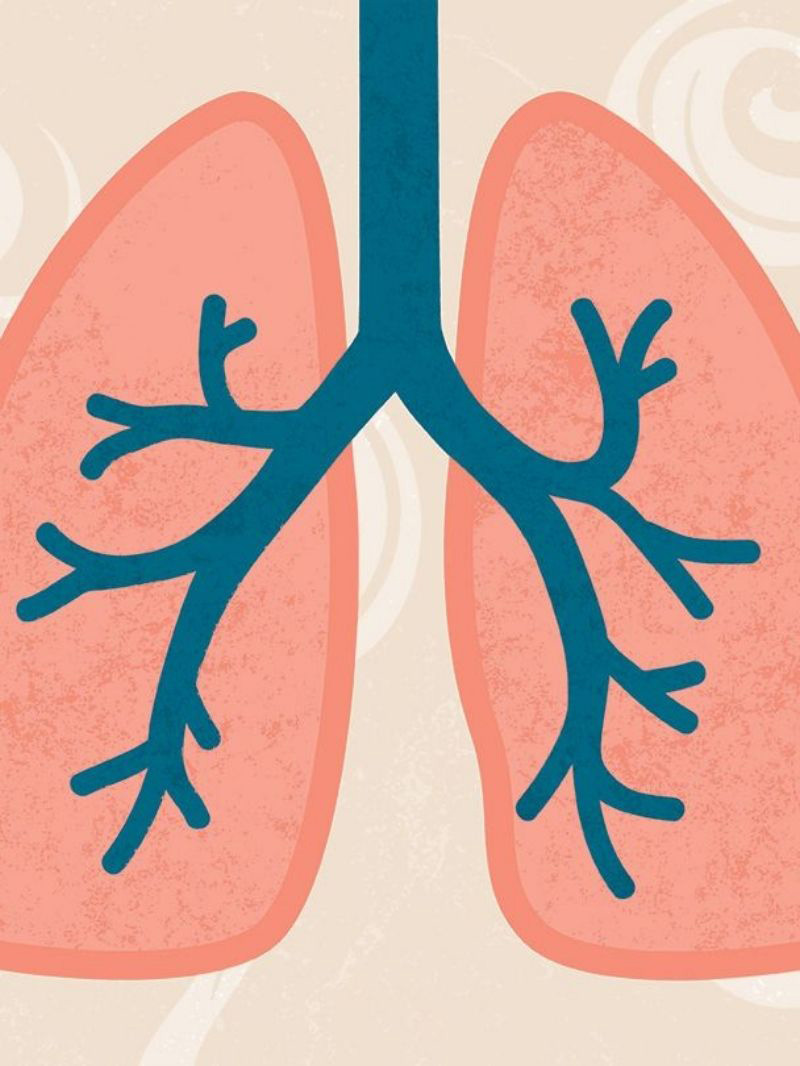
Bronchitis, an inflammation of the bronchial tubes, can make breathing a challenge, leaving you feeling breathless and uncomfortable. While traditional medical treatments are often effective in managing symptoms, incorporating yoga into your recovery plan can provide a holistic approach to healing and well-being.
Yoga, with its emphasis on deep breathing and mindful movement, offers a gentle yet powerful way to support your respiratory system and alleviate the discomfort associated with bronchitis. Specific yoga poses can help open up your airways, improve lung capacity, and boost your immune system, all while promoting relaxation and stress reduction.
Increased Lung Capacity
Yoga poses that expand the chest and diaphragm, such as backbends and twists, can help improve lung function and increase lung capacity. This enhanced lung volume can make breathing easier and reduce the sensation of breathlessness.
Some specific yoga poses that can help increase lung capacity include:
- Bhujangasana (Cobra Pose)
- Urdhva Mukha Svanasana (Upward-Facing Dog Pose)
- Setu Bandhasana (Bridge Pose)
- Dhanurasana (Bow Pose)
- Marjaryasana-Bitilasana (Cat-Cow Pose)
Improved Mucociliary Clearance
The mucociliary system is responsible for clearing mucus and debris from the airways. Yoga poses that stimulate circulation and lymphatic drainage can enhance the efficiency of this system, helping to expel mucus and promote healing.
Some specific yoga poses that can help improve mucociliary clearance include:
- Adho Mukha Svanasana (Downward-Facing Dog Pose)
- Trikonasana (Triangle Pose)
- Parivrtta Parsvakonasana (Revolved Side Angle Pose)
- Ardha Matsyendrasana (Half Lord of the Fishes Pose)
- Supta Baddha Konasana (Reclining Bound Angle Pose)
Reduced Inflammation
Yoga’s deep breathing techniques and stress-reducing practices can help lower inflammation throughout the body, including in the bronchial tubes. This reduction in inflammation can minimize discomfort and promote healing.
Some specific yoga poses that can help reduce inflammation include:
- Child’s Pose (Balasana)
- Savasana (Corpse Pose)
- Nadi Shodhana (Alternate Nostril Breathing)
- Bhramari Pranayama (Bee Breath)
- Kapalbhati (Skull Shining Breath)
Relaxation and Stress Reduction
Bronchitis can be a stressful experience, both physically and emotionally. Yoga’s emphasis on mindful movement and deep breathing can help calm the mind and body, reducing stress and promoting overall well-being.
Some specific yoga poses that can help promote relaxation and stress reduction include:
- Supported Fish Pose (Salamba Matsyasana)
- Reclining Bound Angle Pose (Supta Baddha Konasana)
- Child’s Pose (Balasana)
- Viparita Karani (Legs-Up-the-Wall Pose)
- Yoga Nidra (Yogic Sleep)
Yoga Poses for Bronchitis Relief
Supported Fish Pose (Salamba Matsyasana)
Supported Fish Pose gently opens up the chest and diaphragm, improving lung capacity and alleviating chest congestion. It also promotes relaxation and stress reduction, which can further aid in recovery. Here’s how to do the pose:
- Lie down on your back with your legs extended and your arms at your sides, palms facing down.
- Place a block or bolster lengthwise under your middle back, supporting your chest and shoulders.
- Relax your arms alongside your body, palms facing up.
- Close your eyes and focus on deep, slow breaths.
Reclining Bound Angle Pose (Supta Baddha Konasana)
Reclining Bound Angle Pose stretches the inner thighs and groin, promoting circulation and lymphatic drainage, which can aid in mucus expulsion. It also has a calming effect on the mind and body. Here’s how to do the pose:
- Lie down on your back with your legs extended.
- Bend your knees and bring the soles of your feet together, letting your knees fall open to the sides.
- Place a block under each knee if needed for support.
- Close your eyes and focus on deep, relaxing breaths.
Child’s Pose (Balasana)
Child’s Pose provides gentle chest compression, helping to calm the respiratory system and promote deep breathing. It also promotes relaxation and stress reduction. Here’s how to do the pose:
- Kneel on the floor with your knees hip-width apart and your toes together.
- Sit back on your heels and fold forward, resting your forehead on the floor or a block.
- Relax your arms alongside your body, palms facing down.
- Close your eyes and focus on deep, slow breaths.
Seated Twisting Pose (Bharadvajasana)
Seated Twisting Pose twists the spine, stimulating the abdominal muscles and diaphragm, improving lung function. It also promotes circulation and lymphatic drainage. Here’s how to do the pose:
- Sit on the floor with your legs extended in front of you.
- Bend your right knee and place your right foot on the outside of your left thigh.
- Place your left hand on the floor behind your left hip and your right hand on your right knee.
- Twist your torso to the right, keeping your spine long.
- Hold the pose for a few breaths, then repeat on the other side.
Bridge Pose (Setu Bandhasana)
Bridge Pose stretches the chest, shoulders, and hamstrings, improving lung capacity and promoting flexibility. It also strengthens the core muscles. Here’s how to do the pose:
- Lie down on your back with your knees bent and your feet flat on the floor.
- Place your arms alongside your body, palms facing down.
- Press your feet into the floor and lift your hips off the ground, forming a straight line from your shoulders to your knees.
- Hold the pose for a few breaths, then slowly lower your hips back to the ground.
Pranayama Practices for Respiratory Support
Pranayama, a vital aspect of yoga, involves controlling the breath through various techniques to regulate the flow of prana, or vital life force, in the body. Specific pranayama practices can help open up your airways, improve lung function, and boost your immune system, all while promoting relaxation and stress reduction.
Nadi Shodhana (Alternate Nostril Breathing)
Nadi Shodhana, also known as Anuloma Vilomana, is a calming and balancing pranayama technique that helps to harmonize the flow of energy through the two nostrils, promoting relaxation and improving respiratory function. Here’s how to do the practice:
- Sit comfortably with your spine erect and your eyes closed.
- Close your right nostril with your thumb and inhale slowly and deeply through your left nostril.
- At the end of the inhalation, close your left nostril with your ring finger and exhale slowly and completely through your right nostril.
- Inhale slowly and deeply through your right nostril.
- At the end of the inhalation, close your right nostril with your thumb and exhale slowly and completely through your left nostril.
- Continue this alternating nostril breathing pattern for a few minutes, gradually increasing the duration of each breath.
Kapalbhati (Skull Shining Breath)
Kapalbhati is an invigorating pranayama technique that helps to stimulate the respiratory system, increase lung capacity, and clear congestion. It also promotes circulation and lymphatic drainage. Here’s how to do the practice:
- Sit comfortably with your spine erect and your eyes closed.
- Place your hands on your knees, palms facing down.
- Take a deep breath in, then forcefully exhale, contracting your abdominal muscles.
- Inhale passively, allowing your lungs to fill naturally.
- Repeat this forceful exhalation and passive inhalation for 20-30 rounds.
Bhramari Pranayama (Humming Bee Breath)
Bhramari Pranayama is a soothing pranayama technique that helps to calm the mind, reduce stress, and promote overall well-being. It also has a beneficial effect on the respiratory system. Here’s how to do the practice:
- Sit comfortably with your spine erect and your eyes closed.
- Place your thumbs in your ears, closing your ear canals.
- Bring your index fingers to the center of your forehead, just above your eyebrows.
- Inhale deeply and then exhale, making a humming sound like a bee.
- Continue this humming breath for a few minutes, focusing on the vibrations in your head and chest.
Incorporating yoga poses and pranayama practices into your routine can be a valuable complementary approach to traditional bronchitis treatment. Remember to listen to your body, modify poses as needed, and consult with your healthcare provider before starting any new exercise program. Hopefully, the above article of TTC has provided you with useful information. If you have any questions or concerns, please leave a comment below.
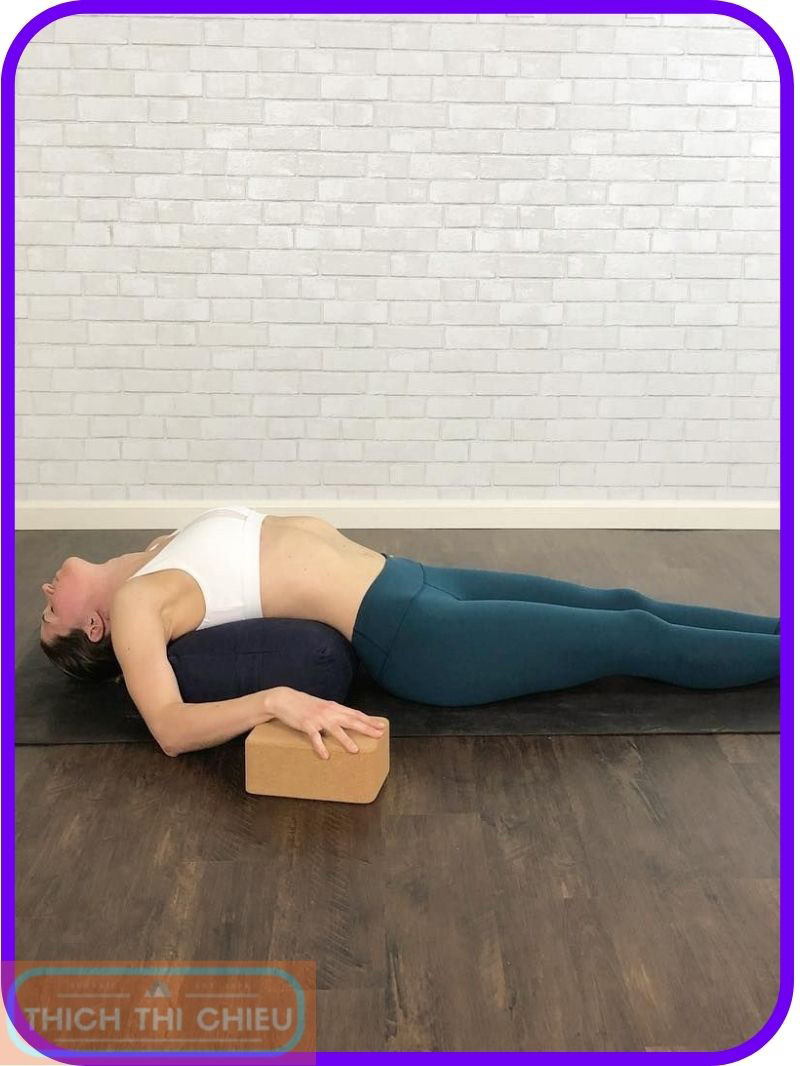
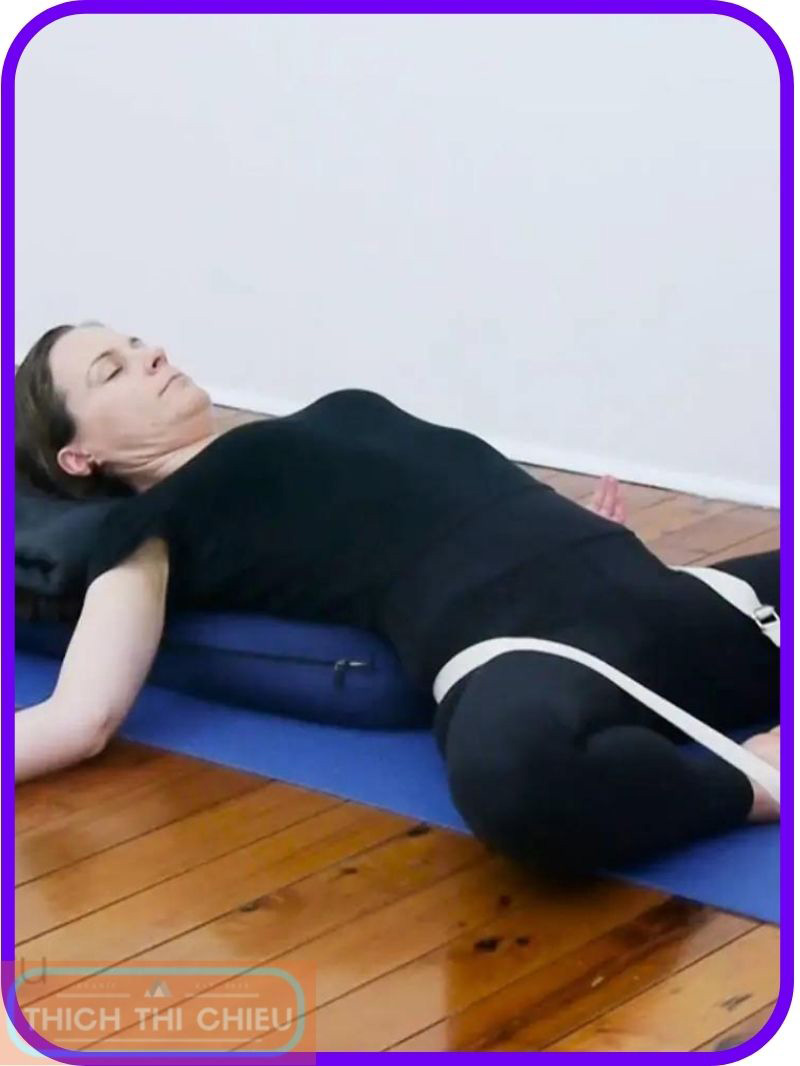
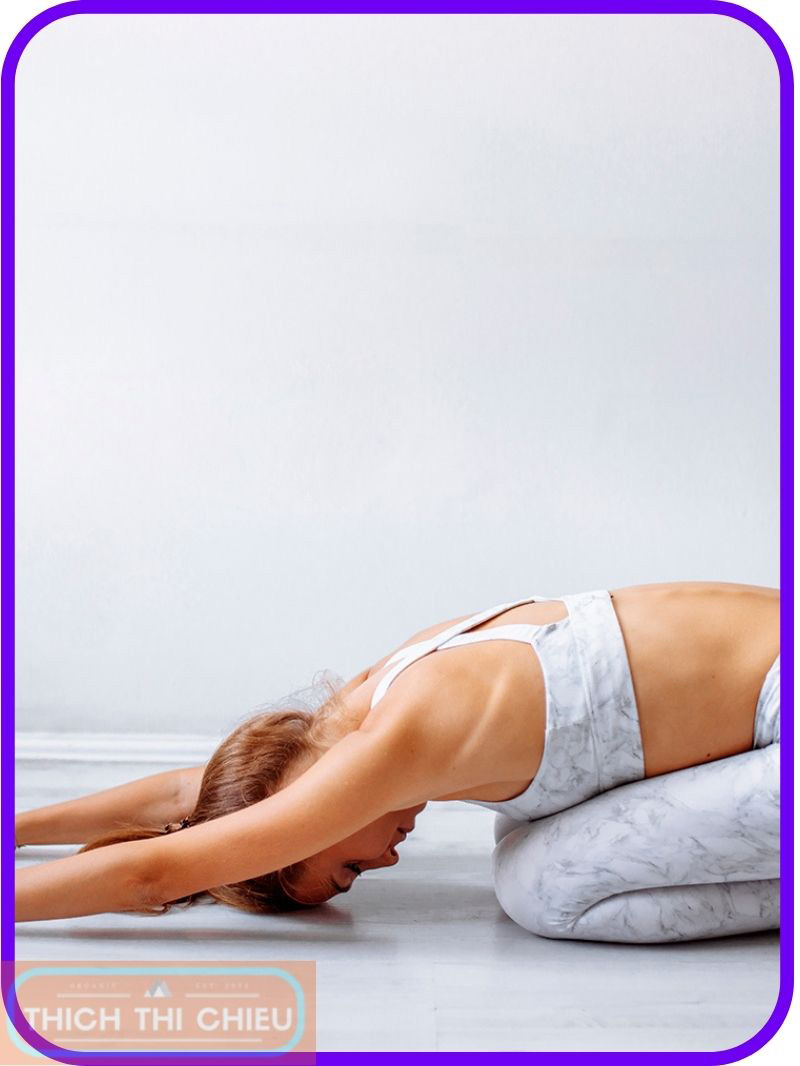
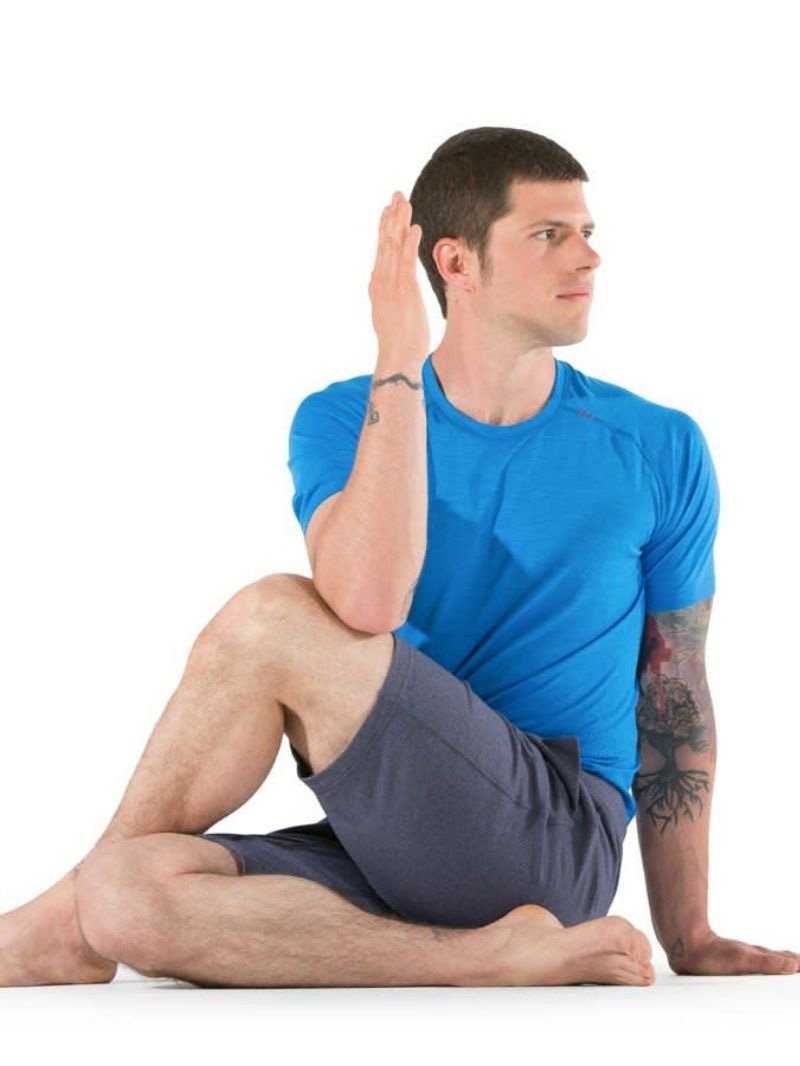
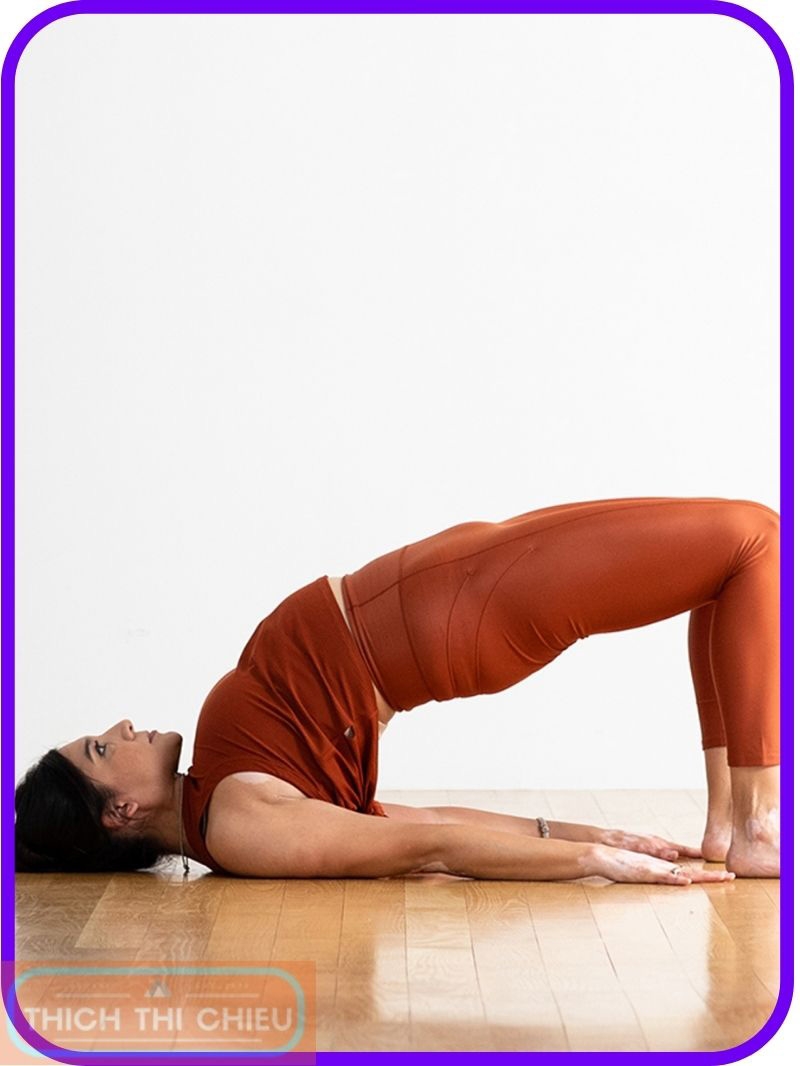
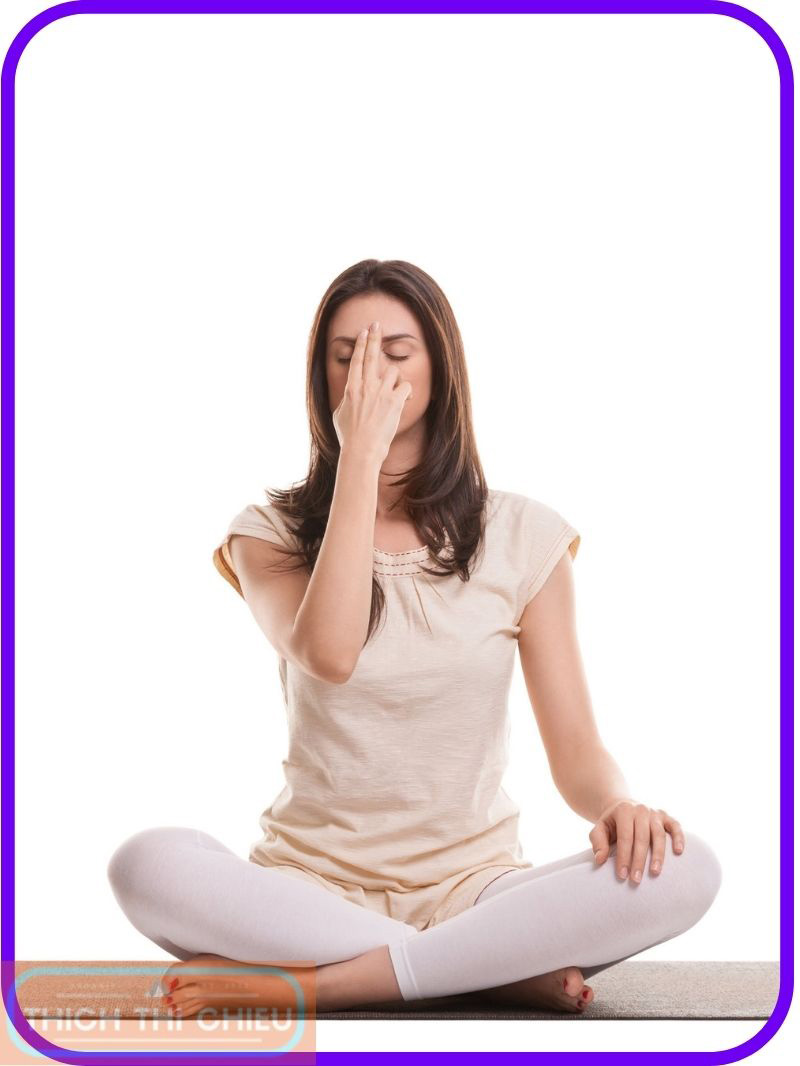

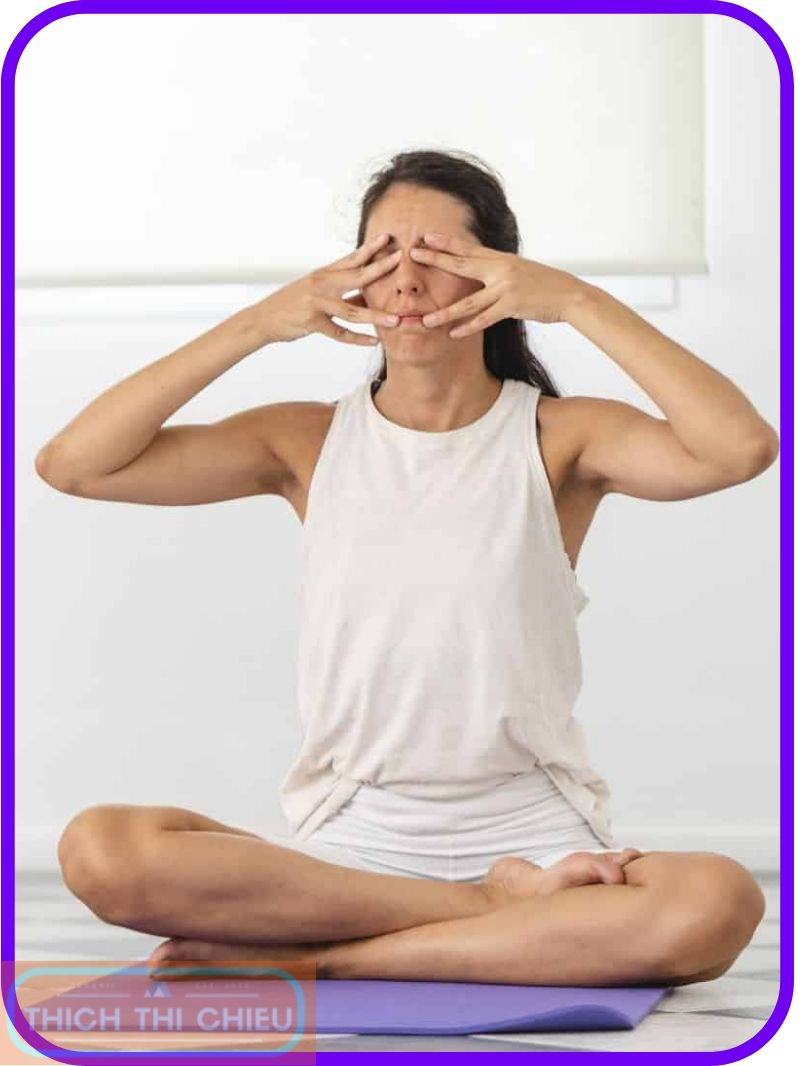
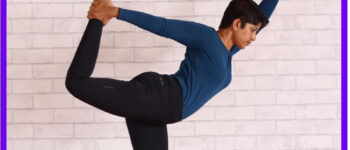

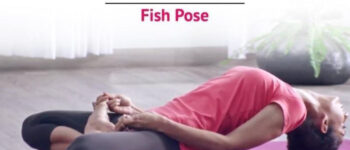
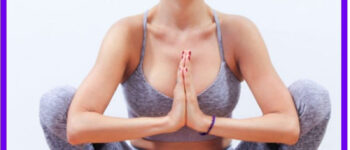

Leave a Reply